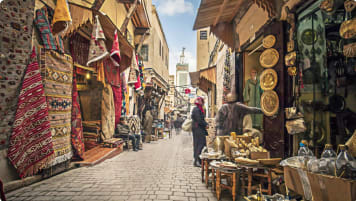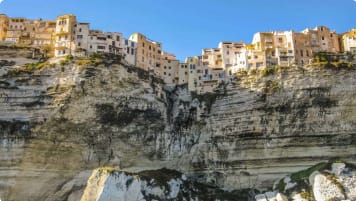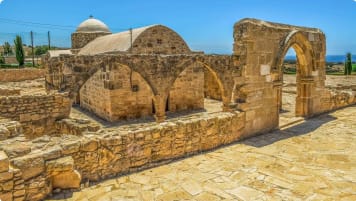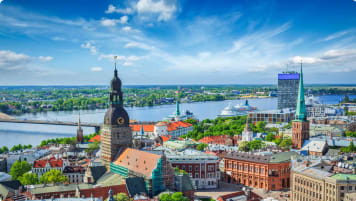Gibraltar straits - Pillars of Hercules
Article about the history of where the Mediterranean sea meets the Atlantic ocean for the explorers from Crete, Italy, Spain, including the Phoenicians and the Romans. For senior couples and mature solo travelers interested in small group educational tour.
1 Nov 21 · 6 mins read
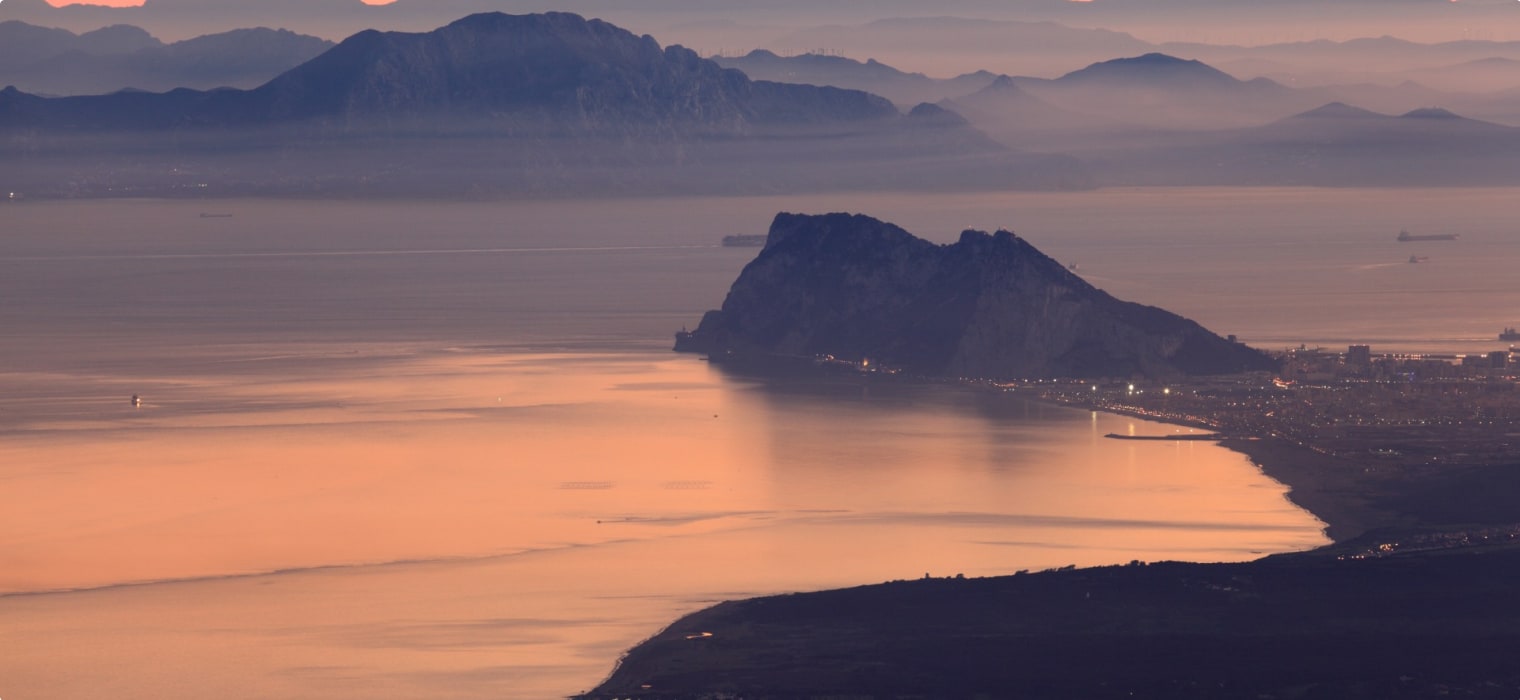
Pillars of Hercules
The Pillars of Hercules denote the ancient appellation for the two promontories situated at the eastern entrance of the Strait of Gibraltar. This strait, a mere 14 kilometres wide, acts as the boundary between the Mediterranean Sea and the Atlantic Ocean, effectively dividing the continents of Africa and Europe. The Rock of Gibraltar, known as Mount Calpe in antiquity, stands as the northern pillar at Gibraltar. The specific location of the southern pillar, Mons Abila, on the African side of the strait remains uncertain, with two primary contenders being Monte Hacho in Ceuta, a Spanish exclave on the Moroccan coast, and Jebel Musa in Morocco, positioned eleven kilometres to the west.
Over the course of history, extending to contemporary times, the Pillars have maintained significant resonance in mythology and culture. Attributed to the legendary figure Hercules, the creation myth of the Pillars has permeated various facets of human expression, manifesting in literature, art, music, architecture, and even finding a place on the coat of arms of Spain.
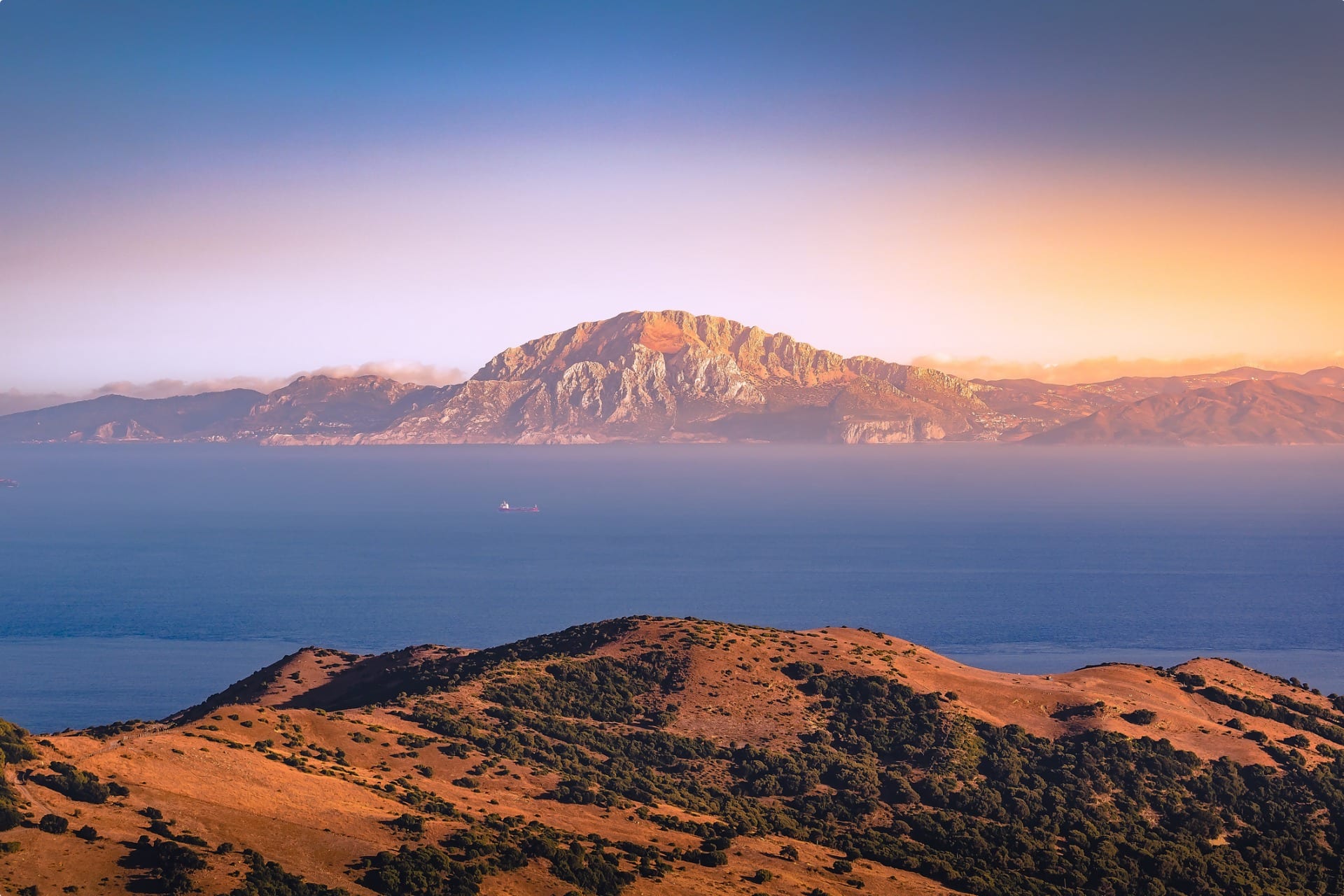
Mythological Significance
The origins of the Pillars of Hercules can be traced back to ancient Greek mythology, where the hero Hercules was tasked with twelve challenging labours as a form of penance. These labours, assigned by Eurystheus, were meant to be insurmountable trials. One of the most renowned tasks was to steal the Cattle of Geryon, a formidable creature residing on the island of Erytheia in the far western reaches of the Mediterranean. It was in this direction that the Pillars of Hercules were said to signify the edge of the known world, marking the extremity of Hercules’ legendary journeys.
Pindar, a Greek poet, later referred to these Pillars as the ‘gates of Gades’, depicting them as the ultimate threshold reached by Hercules in his ventures. The term ‘Pillars of Hercules’ was not coined until Plato mentioned them in relation to Atlantis, siting the island westward of these monumental markers. Despite early mentions, the precise location of these pillars remained ambiguous until the Romans integrated the myth into their own narratives.
Roman adaptations by writers like Seneca and Pliny the Elder depict Hercules carving the Strait of Gibraltar by either cleaving through the mountain that was Atlas or drawing the two separated landmasses together. This action not only linked the Atlantic Ocean to the Mediterranean Sea but also gave rise to the iconic Pillars of Hercules, illustrating the boundary between the two bodies of water.
In another depiction by Roman writer Diodorus Siculus, Hercules is described as using the two promontories to narrow the strait, preventing monstrous entities from the Atlantic from infiltrating the Mediterranean. Alternatively, a different account suggests Hercules erected the pillars to support the sky, symbolizing the limit of the known world at that time, a belief upheld from ancient eras through the Middle Ages until Christopher Columbus‘s expeditions discovered lands beyond this perceived boundary.

The Phoenician Tradition
The Phoenicians, renowned for their maritime prowess, revered the Pillars of Hercules, associating them with the Pillars of Melqart, representing the Canaanite god Baal of rain, thunder, and fertility. Pushing through these pillars, Phoenician merchant fleets established bases along the Atlantic coast of present-day Morocco, beginning with Lixus, then Chellah, and finally Mogador. Venturing northward, they founded colonies along the Spanish coast, most notably Gades, known today as Cádiz, where a grand temple dedicated to the deity Melqart stood.
In time, the Greeks and Romans equated Melqart with ‘Heracles’ and ‘Hercules’ respectively. Strabo, the esteemed Greek philosopher, observed that the imposing bronze pillars within the temple were widely believed by both cultures to represent the authentic Pillars of Hercules, symbolizing the farthest reaches of the hero’s legendary expeditions. Pilgrims journeyed to this sacred site to offer sacrifices to Heracles/Hercules. Despite this widespread belief, Strabo pointed out that the pillars themselves bore no inscriptions linking them definitively to the mythological figure.
Cultural Influence of the Pillars of Hercules
Throughout history, the Pillars of Hercules have served as a timeless muse, igniting creativity across various art forms. In Dante’s Inferno, Ulysses ventures beyond these pillars in pursuit of the unknown, a daring quest that leads to both discovery and tragedy. His journey, driven by an insatiable thirst for knowledge, encapsulates the allure and danger associated with pushing boundaries.
The legacy of the Pillars extends to music, where the Russian bard Alexander Gorodnitsky drew inspiration for a song bearing their name. Referencing Ulysses’ legendary exploits, the song weaves tales of adventure and exploration, mirroring the spirit of the ancient mariner’s odyssey.
In Sir Francis Bacon‘s Instauratio Magna, the Pillars of Hercules symbolize more than geographical landmarks; they embody the essence of intellectual enlightenment and scientific progress. Bacon’s defiance of conventional wisdom, encapsulated in the motto inscribed beneath a brave ship passing the pillars, reflects his pioneering spirit in challenging existing paradigms.
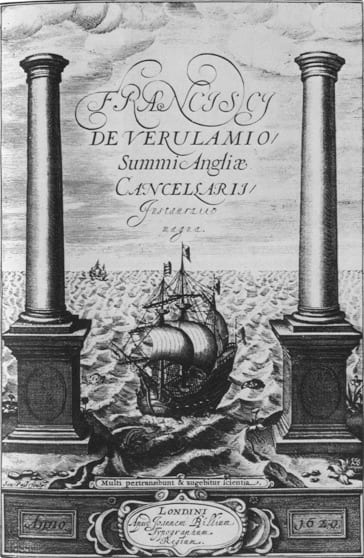
Contemporary art also pays homage to the Pillars’ mythological significance, as seen in Ginés Serrán-Pagán‘s monumental sculptures. Depicting Hercules’ actions of both separating and uniting continents, these bronze works stand as a testament to the enduring symbolism of the Pillars in shaping perceptions of global harmony and unity.

Even in architectural design, the influence of the Pillars is profound, as evidenced by the Torres de Hercules in Spain. These twin towers, reminiscent of the ancient pillars, stand tall along the coast, echoing the enduring legacy of Hercules and his symbolic role in bridging continents both physically and metaphorically.
Coat of Arms of Spain
The incorporation of the Pillars of Hercules into the coat of Arms of Spain is a symbolic representation, flanked by the motto Plus Ultra, meaning ‘further beyond’ in Latin. This symbolism signifies a shift from their ancient role as the limit of the known world to now being viewed as a gateway to the broader world.
King Charles V played a pivotal role in adopting this symbolism, as the discovery of the Americas by the Spanish explorers invalidated the notion of the Pillars of Hercules as the farthest point of the world. Columbus’s expeditions demonstrated the advancement of seafaring technology, proving the capability to navigate safely across the open ocean to the newfound lands.
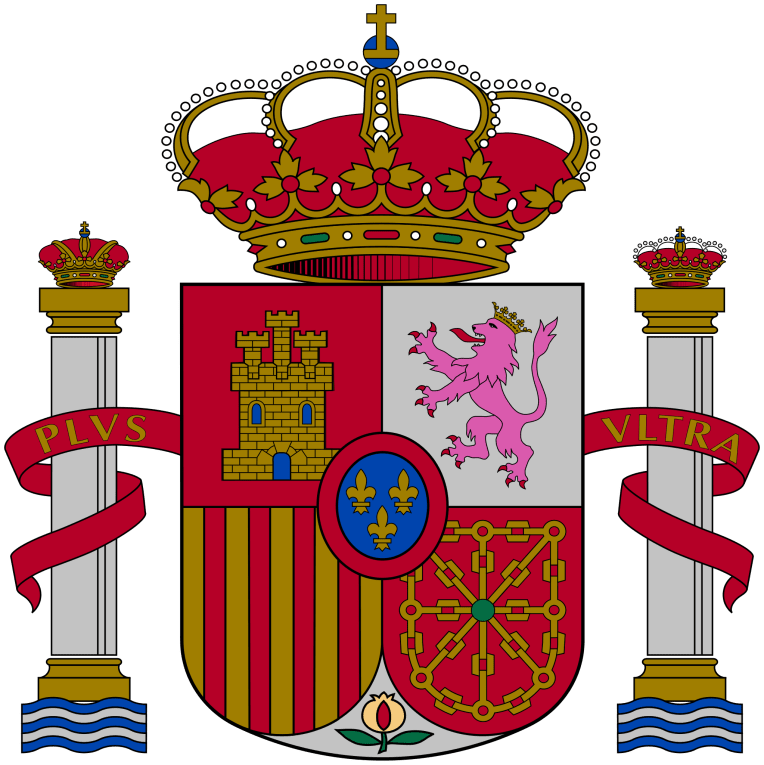
Tour of Morocco and the Strait of Gibraltar
Explore the iconic Strait of Gibraltar and behold the majestic Pillars of Hercules on an enriching journey with Odyssey Traveller’s Tour of Morocco. Embark on a captivating exploration of Tangier, a city steeped in history located a mere 13 kilometres from Spain across the strait. Serving as Europe’s gateway to Africa, Tangier has long been a magnet for artists and writers enticed by its rich cultural tapestry and breathtaking vistas of the sea. Legend intertwines with reality in this city, bearing the name of Tinge, the beloved of Hercules, and housing the renowned Caves of Hercules.
This immersive tour also delves into the nomadic villages of the Sahara, traversed in rugged 4X4 vehicles, and the pristine sands of Merzouga. A visit to the awe-inspiring Ksar of Ait-Ben-Haddou, a marvel of Moroccan architecture immortalized in cinematic masterpieces like “Lawrence of Arabia” and “Gladiator,” offers a glimpse into the country’s cinematic history. The journey continues to Meknes, a UNESCO World Heritage site often likened to the Moroccan version of Versailles, and the bustling Djemma El Fna square in Marrakesh. Roman ruins of Volubilis, and the enchanting blue-hued vistas of Chefchaouen nestled in the Rif Mountains, further enrich the itinerary.
Transitioning between cities, witness the dramatic shift from desert landscapes to verdant oases and towering mountain ranges punctuating the horizon with their red dunes. Gain insight into traditional artisanal practices such as leathercraft and the production of coveted Argan oil, as well as the significance of Persian carpets and the symbolism imbued in mosques. Interactions with diverse locals ranging from Saharan nomads to charismatic street artists offer a glimpse into the vibrant tapestry of Moroccan society. The kaleidoscopic hues and intricate patterns of the Moroccan terrain harmonize with the vivid displays of traditional crafts and delicacies, enveloping travelers in a sensory feast of colors, textures, and flavours.
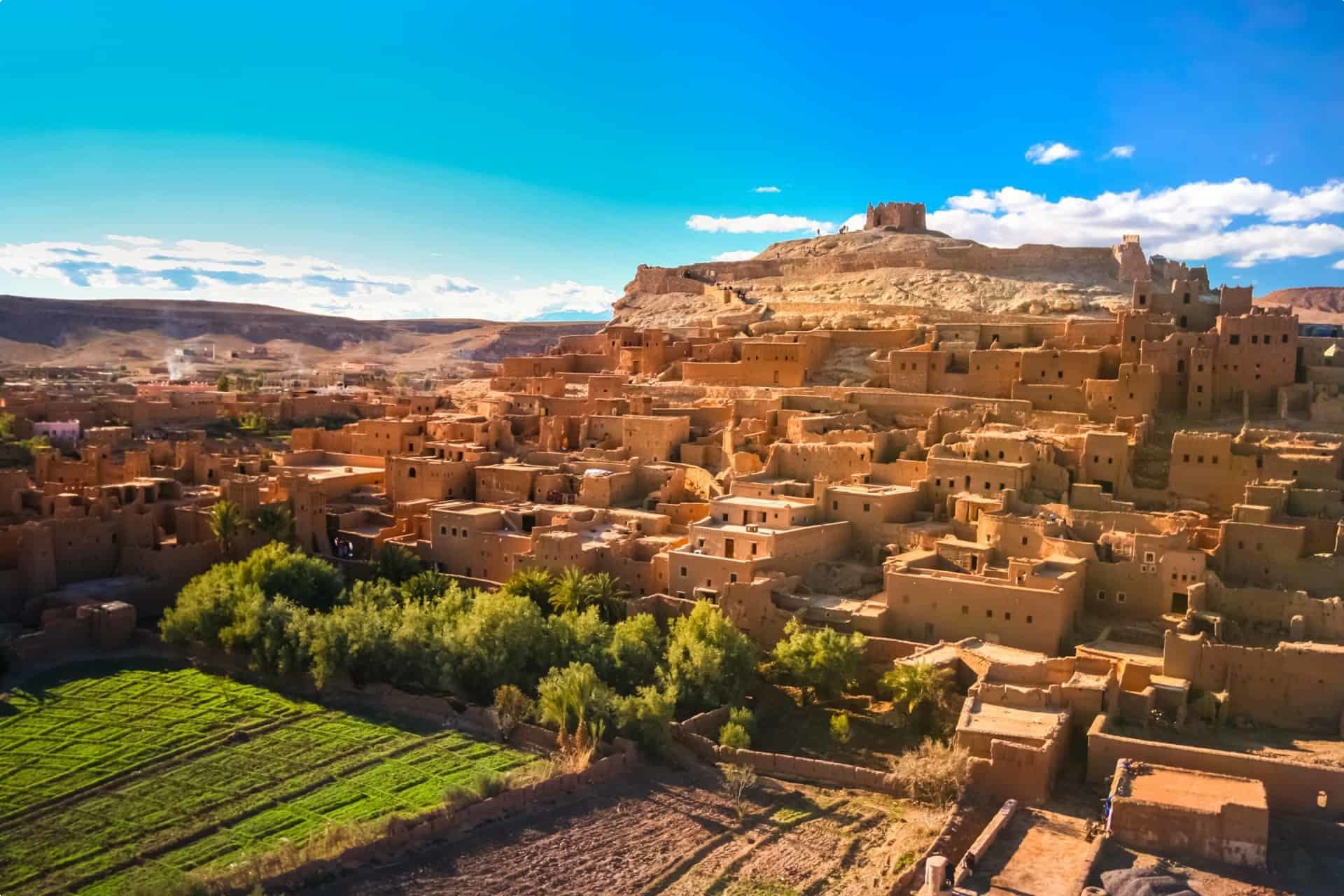
Odyssey Traveller has been serving global travellers since 1983 with educational tours of the history, culture, and architecture of our destinations designed for mature and senior travellers. We specialise in offering small group tours partnering with a local tour guide at each destination to provide a relaxed and comfortable pace and atmosphere that sets us apart from larger tour groups. Tours consist of small groups of between 6 and 12 people and are cost inclusive of all entrances, tipping and majority of meals. For more information, click here, and head to this page to make a booking.
Articles about Morocco published by Odyssey Traveller:
- Discover Morocco: Continental Crossroads
- The Literary Allure of Tangier, a City of Storytellers
- Caves of Hercules
- Ksar of Ait-Ben-Haddou, Morocco
For all the articles Odyssey Traveller has published for mature aged and senior travellers, click through on this link.
External articles to assist you on your visit to Morocco:
Related Tours
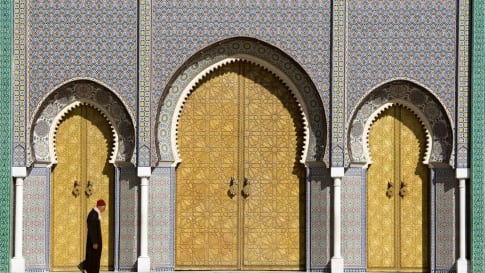
20 days
Apr, Oct, MarMorocco tour for senior travellers
Visiting Morocco
Embark on an unforgettable journey through Morocco: A Gateway to a world of vibrant colors, cultural diversity, and endless wonder. Join our escorted small group tour designed for senior travellers, whether you're a couple or a solo adventurer, and immerse yourself in the captivating allure of Casablanca, Fez, Meknes, Rabat, Marrakech and beyond. Experience the richness of Moroccan traditions and heritage as we explore this enchanting destination.
From A$11,915 AUD
View Tour
21 days
Sep, MayDiscover Spain
Visiting Spain
Join this small group travel, 21-day tour of Spain. For couples or solo traveler with minimal single supplement has daily itineraries with local guides that provide authentic experiences for those who seek small group journeys. Escorted tour begins in Madrid, finishes in Barcelona.
From A$14,750 AUD
View Tour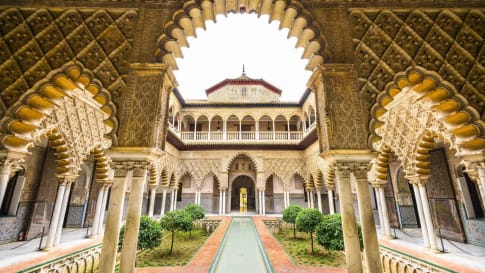
17 days
Mar, OctMoors in Spain
Visiting Spain
A small group tour of Spain exploring Spain's Moorish past. Your tour leader discovers and traces of the art, architecture, and culture and religious reign and of the Moors in Spain visiting their key cities of Madrid, Toledo, Seville and the cities of Andalusia.
From A$15,100 AUD
View Tour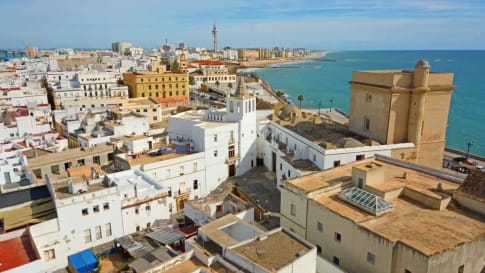
21 days
May, Aug, SepHabsburg Spain vs Tudor England: small group tour exploring 16th century history of England & Spain
Visiting England
This holiday with a leading tour operator allows the escorted tour for seniors to explore the life and times of the royal families responsible for making England and Spain so significant in the 16th century with local guides providing the travel experience for the detailed itineraries. We spend 10 days travelling from London to Madrid.
From A$14,295 AUD
View Tour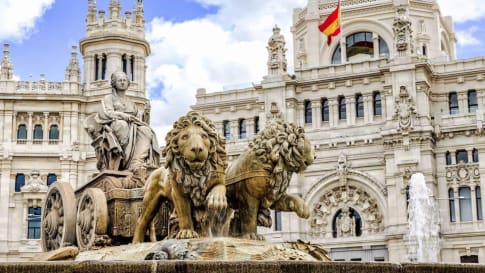
11 days
Sep, Apr, AugShort Spain Tour for senior and mature travellers
Visiting Spain
Join our small group guided tour of Spain, exploring this fascinating country over 10 nights with like minded people. We start in Barcelona and make our way slowly towards Madrid. Enjoy the food and culture while learning about the history of each location from our expert local guides and Odyssey Program Leader.
From A$7,610 AUD
View Tour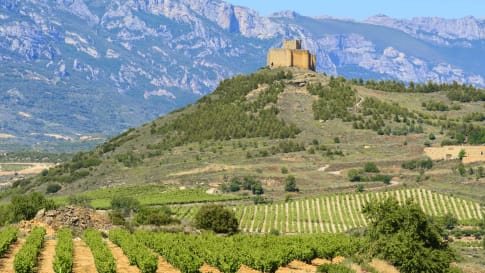
24 days
Apr, Oct, MarSmall Group Guided Tours of Spain and Portugal
Visiting Portugal, Spain
Our program explores the lands of Spain and Portugal, two countries bound by many centuries of history reflected in their modern cultures. Divided by history and language, contiguous neighbours Spain and Portugal were once host to gigantic empires that still bear their languages and lifestyles. A small group tour for couple and solo travellers.
From A$16,225 AUD
View Tour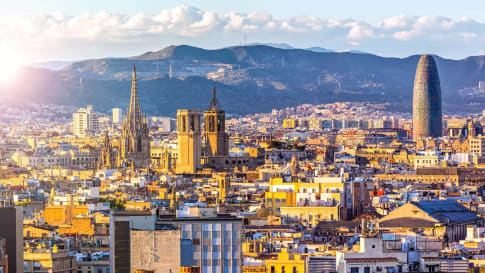
21 days
Apr, Sep, AugBarcelona Small Group Tour | The city explored in-depth
Visiting Spain
Small group journeys from one of the best small group tour companies Europe that delve into Barcelona's history, culture, and cuisine. Daily itineraries for couples and solo travellers with like minded people. An escorted tour of Barcelona based in an apartment with local guides sharing authentic experiences and knowledge.
From A$12,925 AUD
View Tour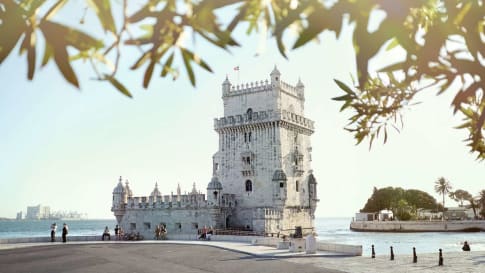
21 days
Jun, SepLisbon & Barcelona small group tour
Visiting Portugal, Spain
An escorted tour for like minded people that provides mature couples and solo travellers with daily itineraries that provide authentic experiences with qualified local guides in the great cities of Lisbon and Barcelona over 21 days. For solo travellers a nominal single supplement is charged.
From A$14,250 AUD
View TourRelated Articles
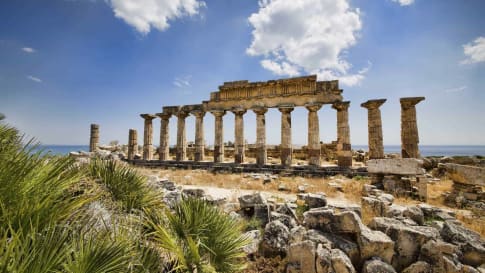
Dawn of Greek Civilization: The Definitive Guide for Travellers
The Beginning of Human Civilisation Ancient Greece stands out as a pivotal civilization that significantly influenced human progress. The period between 800 B.C. and 500 B.C., considered Ancient Greece, marked a flourishing era in various…
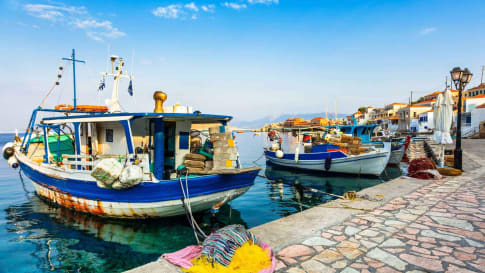
Empires Crossing the Mediterranean: 1130-1300
As a sea connecting continents and stretching from the Atlantic Ocean in the west to Asia in the east, the Mediterranean has for centuries been a centre of trade and exploration.
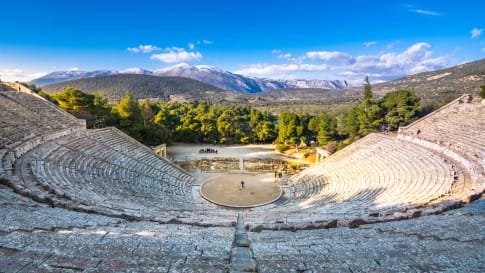
The Peloponnese, Greece
This article traces the Peponnese peninsula history from the Bronze Age, through classical antiquity, the Byzantine and Ottoman empires, and finally modern Greek independence.
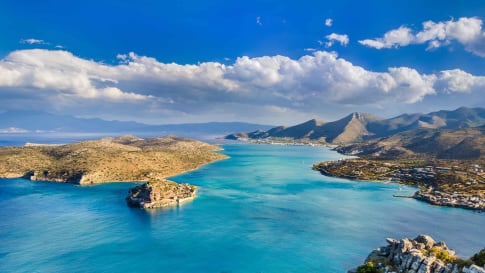
Understanding Spinalonga, Crete.
This peninsula or island is visited as part of a small group tour for mature and senior travellers on the Eastern Mediterranean or Crete programs designed for couples or solo travellers. You can also read more about the history of Crete.

The Phoenicians and Purple Dye
Article supporting tours to Morocco, Tunisia, Spain, Sicily and Crete. The Phoenicians where one of the empires controlling the Mediterranean sea from the 11th to 13th century. This article is for small group educational tours for senior couple and mature solo travellers joining a program.
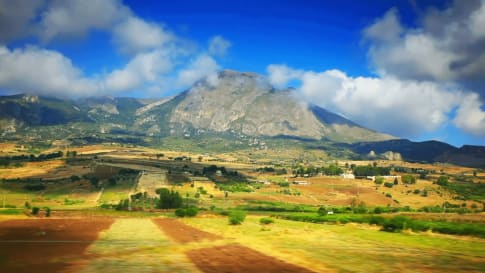
Early History of Sicily: From the Phoenicians to the Arab Conquest
Early History of Sicily: From the Phoenicians to the Arab Conquest (800 BC to the 10th Century) Sicily in Southern Italy is the largest island in the Mediterranean, separated from the mainland by the Strait…
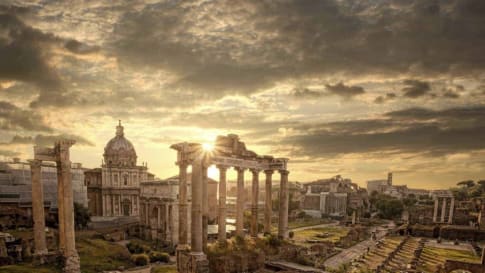
The Roman Empire
The Roman Empire The Roman Empire at its peak covered an area of five million square kilometres (1.9 million square miles) and included territories in Asia, Africa, and the Western European nations around the Mediterranean…

The Sicilians and their Kings
The Sicilians and their Kings While popular images of Sicily might focus on the active volcano, Mount Etna, or the poverty that led to the mass migration of Sicilians to America, forming today’s communities of…
